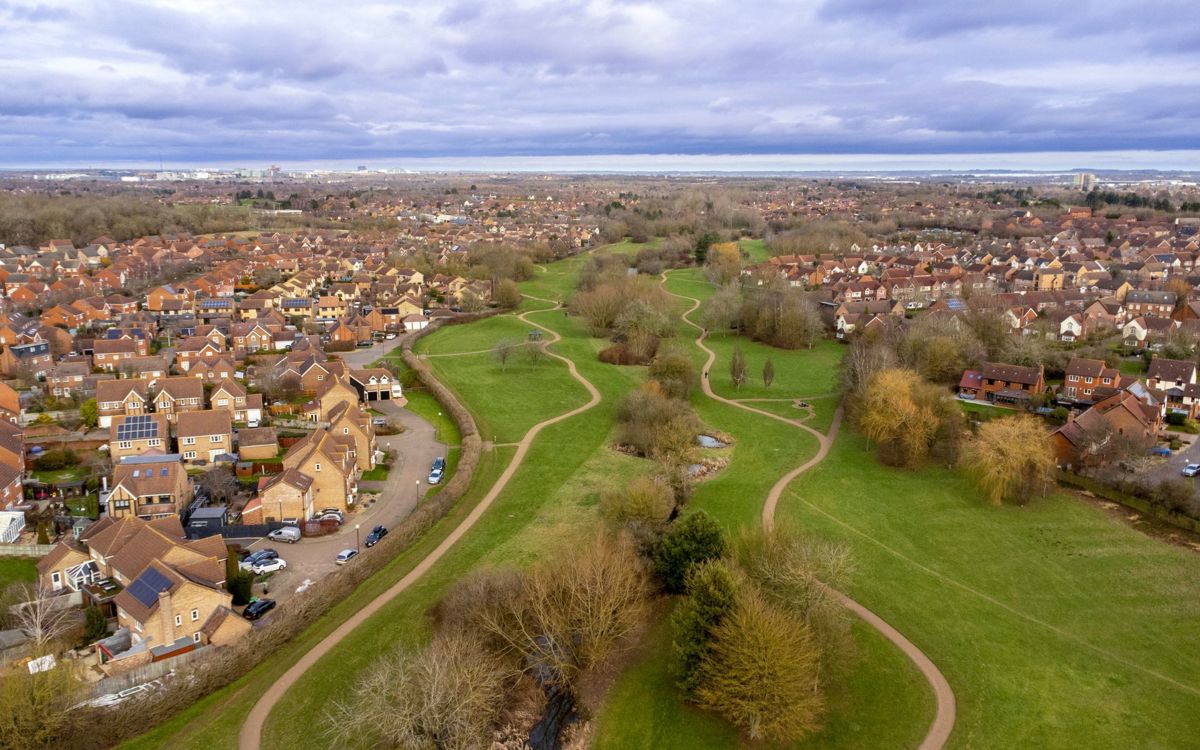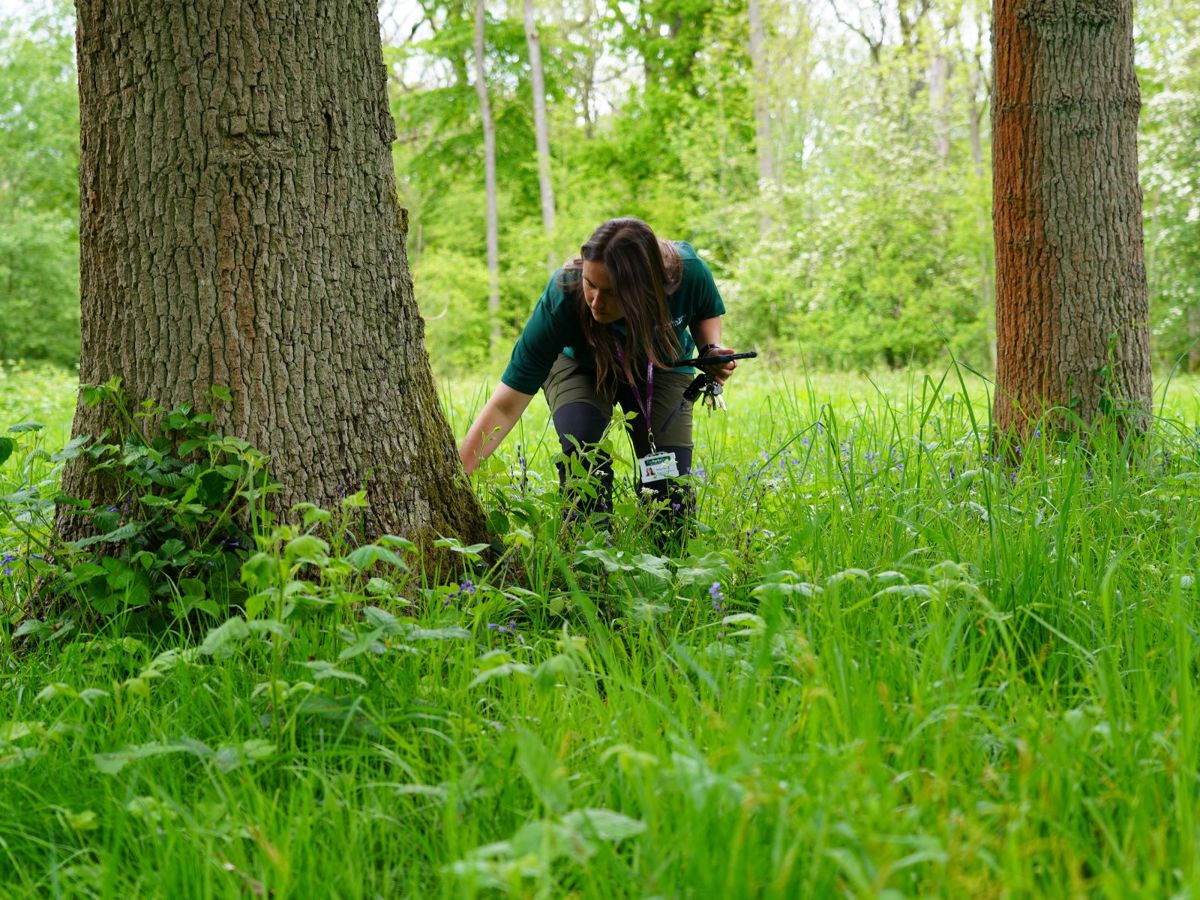
Tree Thinning
Tree management, including thinning, is an important part of caring for Milton Keynes' landscape.

Why do we carry out tree thinning?
- To improve the long-term development of plantations and woodlands.
- Diversify habitats for wildlife.
- Retain and maintain good, properly positioned and healthy trees.
- Tackle diseases such as Ash Dieback.
- Remove any trees that are poorly formed or pose safety concerns.

Challenges of high-density planting
When the landscape associated with Milton Keynes was first created by Milton Keynes Development Corporation (MKDC), a significant number of trees and shrubs were densely planted with a plan to create an instant green effect across the new city. This was effective at ‘greening up’ the new city, however, these densely planted trees, particularly those found in the plantations, are not sustainable in the mid to long term, as they compete with one another for light and space. To help rectify this, we carry out thinning to retain properly positioned trees and provide light to the understorey which helps protect the future health of plantations and their understories of younger trees, shrubs, and herbaceous layers.

Developing the understorey
In addition to the concern regarding the safety and longevity of the trees, thinning allows much more diversity in the landscape. If we leave crowded trees untouched, they will form a dense upper layer of vegetation. This will block out light to the lower shrub and herbaceous layers, which will, over time, cause them to weaken and die. We’re finding that as the trees mature and the understorey develops, a lot of the plantations are now making the transition to young woodlands. Within these woodlands, we want to encourage a shrub understory to allow for more biomass to be present in the area and for species such as Hawthorn and Hazel to flourish as they are exposed to higher light levels. Wildlife will also benefit from the vibrant understorey. As it develops, scrub and thicket become a source of food and shelter for all sorts of wildlife, including small mammals and birds. The herbaceous layers offer further habitat for invertebrates, including pollinators such as bees.

Our aim of tree thinning
Overall, the aim is to create well-spaced and structured woodlands that have many foliage layers, encouraging a diversity of healthy, well-formed trees and understoreys. As the plantations establish, they will have received three or so thinning treatments over a 30-year period. The intensity of management will then slow down, and we will focus less on removing the upper canopy trees and start paying more attention to the understorey, where coppicing and areas of non-intervention will be put in place.

Our landscaping team
The tree management techniques we employ are recognised forestry practices that are implemented country-wide. We have highly qualified and experienced tree and forestry managers within our team to undertake the work. We also work closely with the Forestry Commission and have a 10-year tree management plan (with required felling licenses) that is vetted and approved by the Forestry Commission.
Caring for the city's trees
We carry out most of our tree works in the autumn and winter months to avoid bird nesting seasons and to carry out maintenance whilst the trees are dormant.
During this period, you'll spot our dedicated landscaping team carrying out tree thinning, coppicing and planting work to develop the city's landscape and keep the parks safe for all to enjoy.
Find out how we care for over 6,000 acres of green space including parks, ancient woodlands, lakes, river valleys and 80 miles of landscaped areas along the grid roads.









